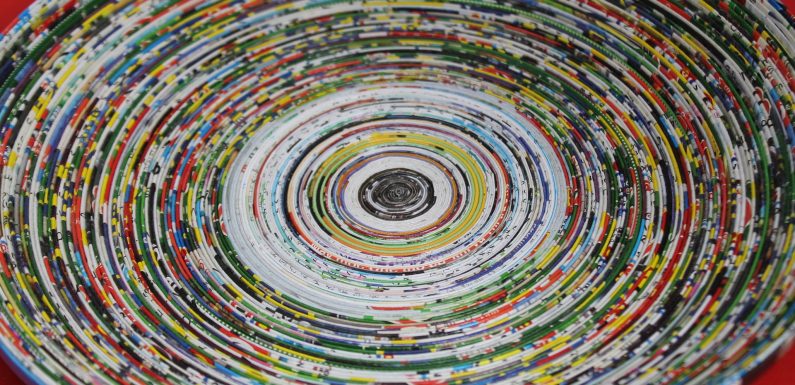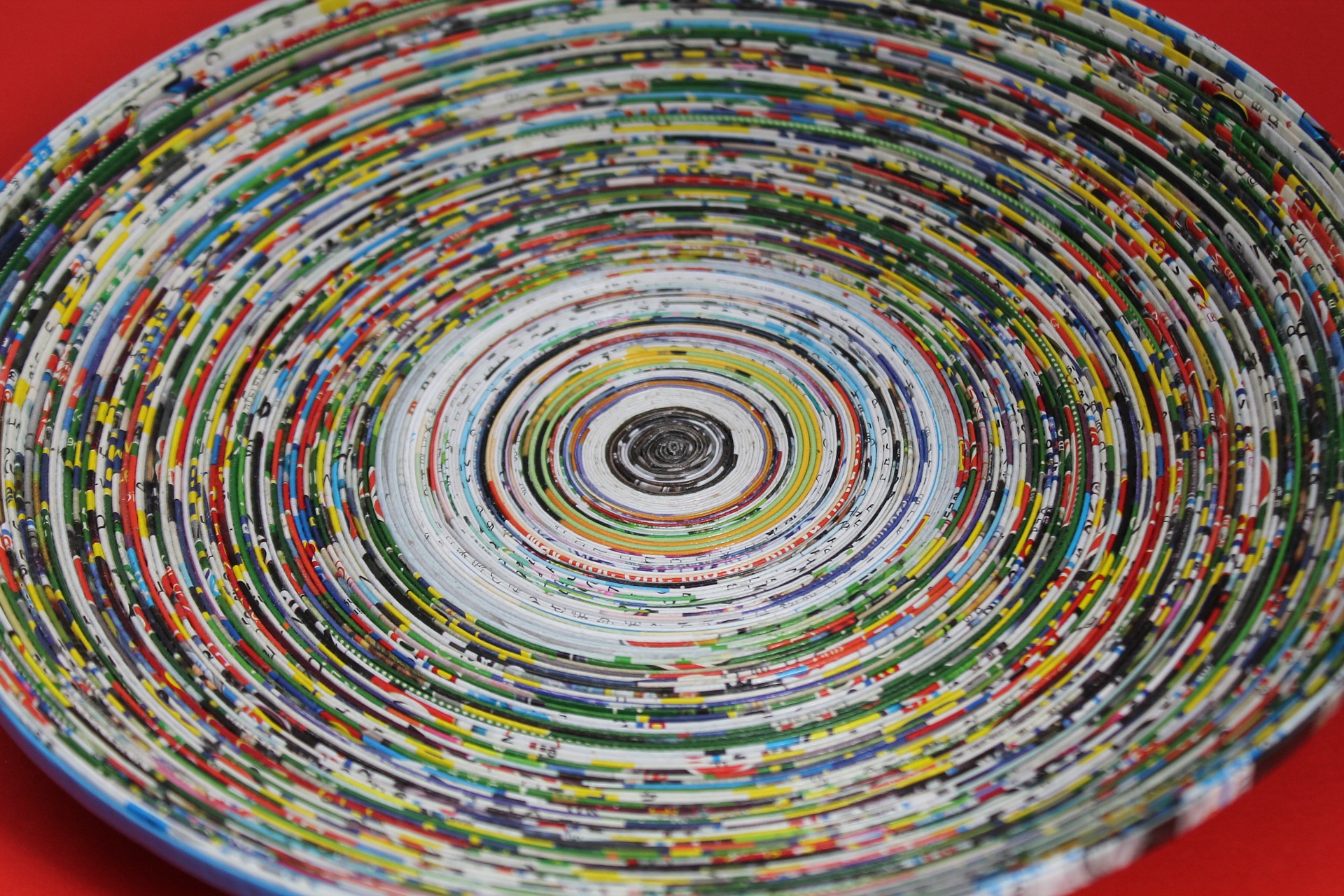
The European Commission very recently has embraced the communication “Towards a circular economy: a zero waste programme for Europe” which has the motto of building up a more commonly acceptable and coherent European Union framework in order to promote the circular economy.
Trying to shape Europe into a circular economy means an
- Increase in recycling as well as trying to prevent losing valuable materials
- Creation of more jobs and a better economic growth
- Reaching a point of zero-waste through a new structured business model, eco-design and industrial symbiosis
- Restricting emissions of greenhouse gases and threatening environmental impacts.
The Commission also adopted a Legislative Proposal to inspect recycling and other waste disposal related areas in the European Commission and the annex. If the revised waste targets can be achieved, it would create a huge number of jobs, about 180,000, and make Europe more competitive, thereby diminishing demand for expensive rare resources.
Let’s take a look at the proposal:
- Increase recycling/re-use of municipal waste to 70% in 2030;
- Increase packaging waste recycling/re-use to 80% in 2030 with material-specific targets set to gradually increase between 2020 and 2030 (to reach 90 % for paper by 2025 and 60% for plastics, 80% for wood, 90% of ferrous metal, aluminium and glass by the end of 2030);
- Phase out landfilling by 2025 for recyclable (including plastics, paper, metals, glass and bio-waste) waste in non hazardous waste landfills – corresponding to a maximum landfilling rate of 25%;
- Reduce food waste generation by 30% by 2025;
- Introduce an early warning system to anticipate and avoid possible compliance difficulties;
- Ensure full traceability of hazardous waste;
- Increase the cost-effectiveness of Extended Producer Responsibility schemes by defining minimum conditions;
- Simplify the reporting obligations and lighten obligations affecting SMEs;
- Harmonise and streamline the calculation of the targets and improve the reliability of key statistics;
- Improve the overall coherence by aligning definitions and removing obsolete legal requirements.
Here is an elaborate information on the policy and legislation
To ensure that the circular economy becomes a reality, the Commission has taken up other initiatives for instance proposals for ‘sustainable buildings, green employment and green action for SMEs’.
In case you are wondering what a circular economy is:
From the time industrial revolution had begun showing its nose, wastes have been continually on the rise. One reason is that most economies had been using a “take-make-consume and dispose” pattern of economic growth which is a linear model that works on the presumption that resources are basically abundant, vastly available and very cheap to dump.
However, what was required was a more circular kind of economy where re-using, re-conditioning and recycling present materials and products. Also all that had been regarded as ‘waste’ can well be turned into a well fulfilling resource. Every resource needs to be handled efficiently throughout its life cycle.
An efficient usage of resources has the capacity to bring in newer work opportunities and entail growth. A better eco-design, prevention of waste products and practicing reuse can bring in net savings for European Union businesses (EUR 600 billion) and at the same time ensure that green house gas emissions are on the check. To this if more and more measures are added, the resource productivity can shoot up by 30% by 2030, thereby increasing GDP by almost 1%, and at the same time create employment (about 2 million jobs).
The move towards the circular economy is the main point of the resource efficiency agenda which has been initiated under the ‘Europe 2020 Strategy for smart, sustainable and inclusive growth’. This and more ideas on it are being taken further in the EU’s Environment Action Programme to 2020.
The European Commission’s ‘Generation Awake’ campaign on efficiencies of resources centers around what each individual can do in everyday life to save water, energy and other natural resources, and convert waste into resource.
Main themes of ‘GreenWeek 2014’ which is the biggest annual conference on environment policy in Europe: circular economy, resource savings and job creation.

